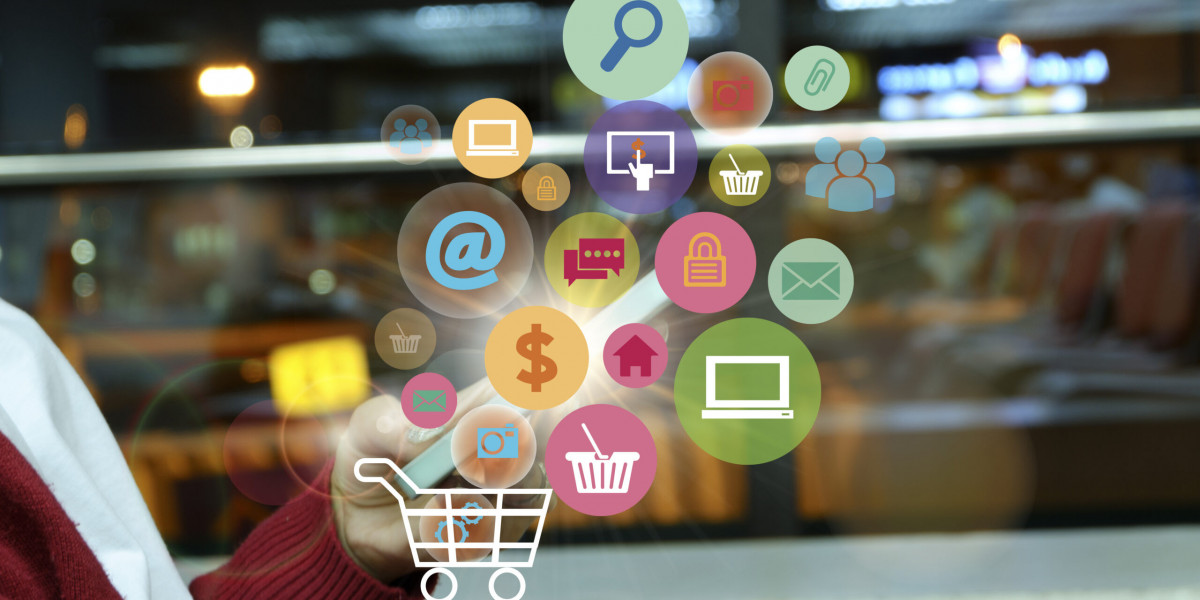The retail automation market is undergoing a transformative shift, driven by technological advancements, evolving consumer behaviors, and the increasing demand for efficiency and accuracy in retail operations. Innovations in this space are not only revolutionizing the customer experience but also streamlining supply chains, improving inventory management, and reducing operational costs. From self-checkout systems to AI-powered analytics and robotic fulfillment, retail automation is shaping the future of commerce across both brick-and-mortar and e-commerce platforms.
One of the most notable innovations in the retail automation market is the rise of automated checkout systems. Traditional checkout counters are being replaced with self-service kiosks and cashier-less solutions. Companies like Amazon, through its Just Walk Out technology, have pioneered stores where customers can enter, pick up items, and leave without interacting with a cashier. This technology uses a combination of computer vision, sensor fusion, and deep learning to track purchases and charge them automatically. Such innovations drastically reduce wait times and improve the shopping experience.
Another key development is the integration of artificial intelligence and machine learning into retail operations. AI is being used to predict consumer behavior, personalize shopping experiences, and optimize inventory management. Predictive analytics allow retailers to forecast demand accurately, minimizing overstocking or understocking scenarios. AI-driven chatbots and virtual assistants also provide instant customer support, enhancing engagement and satisfaction.
Robotic process automation (RPA) is gaining ground in both front-end and back-end retail functions. In warehouses, robots handle sorting, packaging, and transporting goods with precision and speed. Autonomous mobile robots (AMRs) and drones are increasingly used to improve warehouse efficiency, enabling faster delivery times and reducing human error. In physical stores, robots are being tested for tasks such as shelf scanning, restocking, and guiding customers to products.
Internet of Things (IoT) is another innovation transforming retail environments. Smart shelves equipped with weight sensors and RFID technology help monitor stock levels in real-time. These shelves can alert staff when items are running low or misplaced, ensuring better inventory accuracy. Smart refrigerators and vending machines that track usage and predict refill needs are also becoming common, especially in convenience and specialty retail segments.
Cloud computing and edge computing are also pivotal in enabling retail automation. These technologies support scalable, secure, and real-time data processing across geographically dispersed retail networks. Cloud platforms provide centralized systems for point-of-sale (POS), customer relationship management (CRM), and enterprise resource planning (ERP), while edge computing brings processing power closer to where the data is generated, reducing latency and improving responsiveness.
Augmented Reality (AR) and Virtual Reality (VR) are adding immersive layers to shopping. AR applications allow customers to visualize how products will look or fit in their homes before purchasing. For instance, furniture retailers offer apps where users can place virtual pieces in their rooms using their smartphones. VR, on the other hand, is being used to create virtual stores where customers can shop from the comfort of their homes, simulating a physical store experience.
Blockchain technology is emerging as a game-changer for retail transparency and trust. By enabling secure, traceable transactions and supply chain verification, blockchain helps combat fraud, verify product authenticity, and ensure ethical sourcing. It also supports loyalty programs by providing a secure and decentralized platform for rewards and incentives.
Retail automation is also addressing labor shortages and operational inefficiencies. As many retailers face difficulties in staffing, automation solutions offer a way to maintain productivity and service levels. Automated inventory systems, robotic fulfillment centers, and AI-powered customer service tools enable retailers to do more with fewer resources.
However, these innovations are not without challenges. Implementation costs, data privacy concerns, and the need for employee reskilling are critical hurdles. Retailers must ensure they balance technological adoption with human touch, as over-automation can risk alienating customers who value personalized service.
Looking ahead, the retail automation market is expected to continue expanding, with increased investments in AI, robotics, and data analytics. As competition intensifies, innovation will remain the key differentiator for retailers aiming to deliver seamless, efficient, and engaging shopping experiences. Those who adapt early and wisely will be best positioned to thrive in this rapidly evolving landscape.









